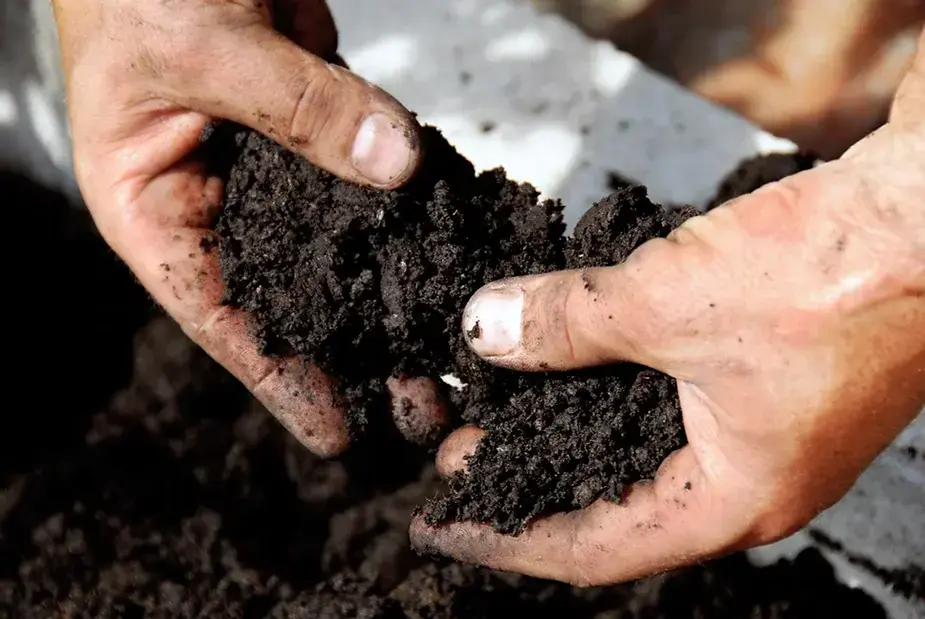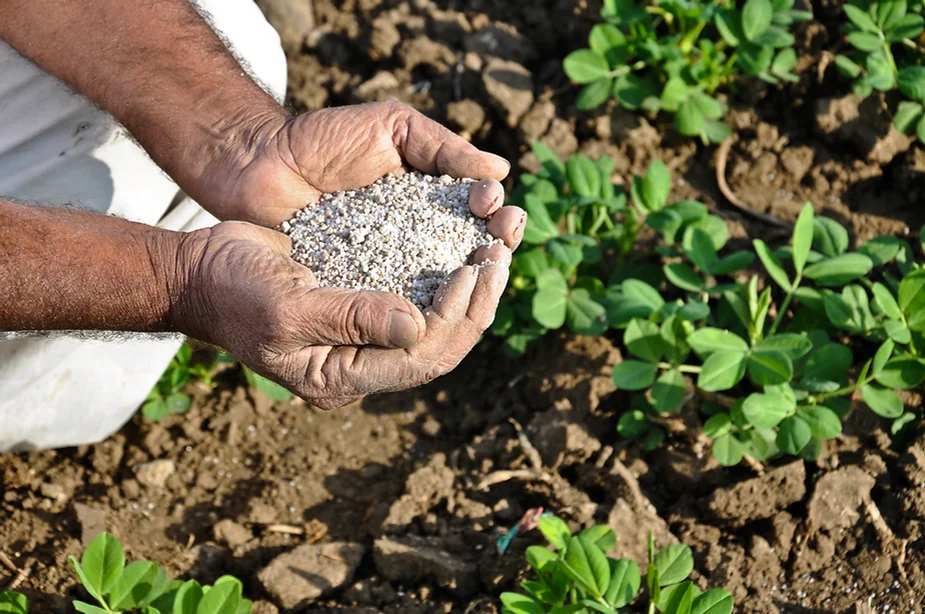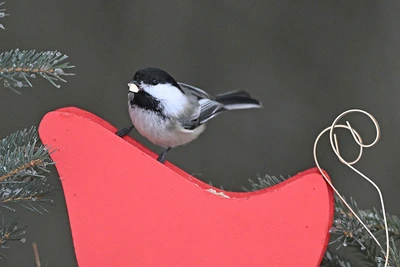
Fertilize Your Garden Organically
Organic fertilizers come from plants, animals, or minerals. Soil organisms break down the material into nutrients that plants can use. Synthetic fertilizers feed the plants, whereas organic fertilizers feed the soil that feeds the plant.
Some organic fertilizers contain significant amounts of only one of the major nutrients, such as phosphorus in bone meal, but they often have trace amounts of many other beneficial nutrients. In addition, they add organic material that improves soil structure and supports soil microorganisms, which helps make nutrients available more quickly, especially in warm weather when they are more active.
Organic fertilizers provide slow-release nutrients your plants need to thrive and release about half their nutrients in the first season and continue to feed the soil slowly over subsequent years.
The most commonly available organic based fertilizers include the following:
Plant based fertilizers
Fertilizers made from plants generally have low to moderate nitrogen, phosphorus, potassium values, but their nutrients quickly become available in the soil for your plants to use.
-
Alfalfa meal: Derived from alfalfa plants and pressed into a pellet form, alfalfa meal is beneficial for adding nitrogen and potassium. Add it to your compost pile to speed up the process.
-
Compost: Compost is mostly beneficial for adding organic matter to the soil. It doesn't add much in the way of fertilizer nutrients, but it does enhance and help make available any nutrients in the soil.
-
Corn gluten meal: Derived from corn, this powder provides nitrogen fertilizer. Apply it only to actively growing plants because it inhibits the growth of seeds. Use it on lawns in early spring to green up the grass and prevent annual weed seeds from sprouting.
-
Cottonseed meal: Derived from the seed in cotton bolls, this granular fertilizer is particularly good at supplying nitrogen and potassium. Look for organic cottonseed meal because traditional cotton crops are heavily sprayed with pesticides.
-
Kelp: Derived from sea plants, you can find this product offered in liquid, powder, or pellet form. Kelp meal adds valuable micronutrients, growth hormones, and vitamins that can help increase yields, reduce the plant stress from drought, and increase frost tolerance. Apply it to the soil or mix with water and use as a foliar spray.
-
Soybean meal: Derived from soybeans and used in a pellet form, soybean meal is prized for its high nitrogen content and as a source of phosphorous.
-
Canola Meal: Is source of nitrogen and phosphorus.
-
Humus: Humus is used to increase soil microbial activity, improve soil structure, and enhance root development of plants. These products have no fertilizer value, but rather are used as stimulants to support soil microbial life that, in turn, support the plants.
Animal-based fertilizers
Animals, fish, and birds all provide organic fertilizers that can help plants grow. Most animal-based fertilizers provide lots of nitrogen, which plants need for leafy growth.
-
Manures: Animal manures increase the humus content of the soil, which benefits both plant and soil microbes, but most have low nutrient value. Mushroom, cow or chicken manure, should only be used composted, as fresh manure will burn plant roots.
-
Bat guano: The poop from bats! It comes in powdered or pellet form and is high in nitrogen. Concentrated nitrogen in bat guano can burn young plants if not used carefully.
-
Blood meal: Blood meal is dried blood of animals that go through meat packing plants. The blood is collected after the animals are killed and then dried to make a powder. Blood meal is a nitrogen amendment that you can add to your garden and can also be used as a deterrent for some animals, such as moles, squirrels and deer. The smell of blood is not appealing to these animals.
-
Bone meal: It is a meal or powder made from ground up animal bones, normally beef bones but they can be the bones of any animal commonly slaughtered. The bone meal is steamed to increase its availability for plants. Bone meal is used to increase phosphorus and calcium in the garden.
-
Fish products: Fish by-products make excellent fertilizers and are derived from the fermented remains of fish. This liquid product can have a fishy smell, but it's a great complete fertilizer and adds trace elements to the soil. When mixed with water, it is gentle, yet effective for stimulating the growth of young seedlings, flowers and vegetables.
 Mineral-based fertilizers
Mineral-based fertilizers
Rocks decompose slowly into soil, releasing minerals gradually over a period of years. Organic gardeners use many different minerals to increase the fertility of their soils, but it's a long-term proposition. Minerals could take months or years to fully break down into nutrient forms that plants can use, so one application may last a long time.
-
Epsom salt: Epsom salt not only helps tired feet; it's a fertilizer too! Epsom salt is a fast-acting fertilizer containing magnesium and sulfur that can be applied in a granular form or dissolved in water and used as a foliar fertilizer.
-
Greensand: Greensand contains potassium and many micronutrients and breaks down slowly.
-
Gypsum: This powdered mineral contains calcium and sulfur. It's used to add calcium to soils without raising the soil pH.
-
Rock phosphate: This mineral powder contains phosphorous and calcium, which can raise soil pH — avoid it if your soil is already alkaline. It breaks down slowly in the soil.
-
Limestone: Dolomitic limestone is high in calcium and magnesium and is used to raise pH in the soil.
Have more questions? Visit your local Buckerfield's and we'll be happy to help!



